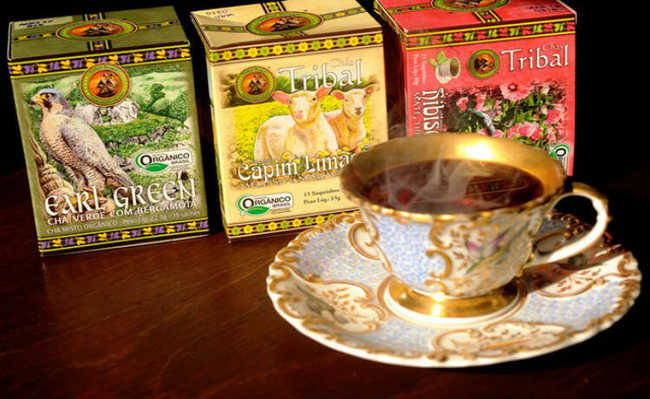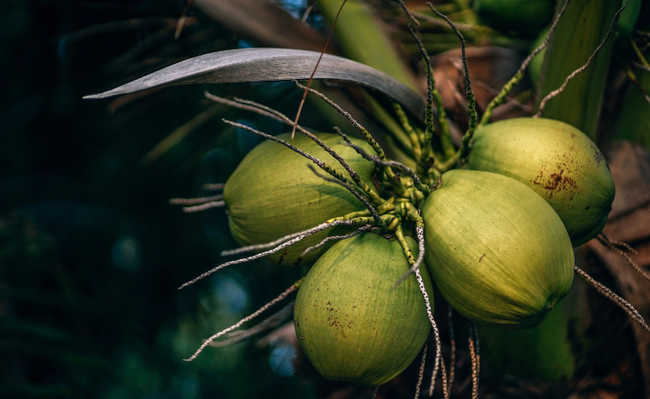Intensive animal husbandry for meat consumption impacts the environment and consumer health
Water use, release of greenhouse gases, harmful additives and many others. check out

Brazil is the largest exporter of beef and chicken and the fourth largest exporter of pork. The domestic market also continues to grow. This news sounds good for producers, but what about us consumers? Such a huge demand for meat has consequences, from building the farm to our stomachs. Understand more about the impact of livestock on the environment:
How it works?
To increase production, breeders seek to implement the intensive or confinement system, placing the largest number of animals in the smallest possible space and for a shorter time, so they can have more accurate control over them. The problem is that this system uses more water and requires more feed - made mainly from corn and soy - in animal feed, which makes it an inconvenience in terms of environmental issues. Lamb and beef, eggs, corn and soy are among the ten tasty foods that are bad for the environment, although they are the ones that have received the most investments.
In addition, some producers use growth promoters that contain harmful substances such as ractopamine and arsenic. These substances can accumulate in meat and be excreted by animals, contaminating the environment. And speaking of environmental contamination, have you ever stopped to think about what happens to animal waste? The most sustainable destination option is biodigestion (learn more about “biodigestion of waste is an option for large amounts of organic waste”), but few farms do this. The most used method to dispose of waste is the manure, which is a large waterproof tank in which the material stays for 120 days, until it undergoes fermentation. This method prevents soil contamination by ammonia and pathogenic organisms in the waste, but it does not prevent the release of gases that unbalance the greenhouse effect.
Production in confinement systems is also bad in a social context, as the amount of plant-based food used to feed these animals could serve as food for many people if they grazed more and ate less feed, or if there were less ( if the demand for meat was lower). Not to mention that increased meat consumption is associated with several diseases, such as diabetes and cardiovascular problems.
But if there are so many disadvantages, why do they still happen?
Even the UN has already recommended that the population reduce their consumption of meat, but the opposite is happening. In Brazil, for example, the average consumption of beef was 36 kg per person per year in 2010. In 2013, this number increased to 42 kg per person per year. This is due to population growth, not only in Brazil, but worldwide. It is estimated that by 2050 there will be approximately nine billion people in the world, but the UN suggestion that we eat insects instead of meat still does not seem appealing to most. And with such a large market begging for meat, producers increase their herds.
To avoid products coming from the intensive system, prefer organic ones, which come from free-range animals, without feed additives and without pesticides in the pasture. You can also participate in the Meatless Monday campaign and it doesn't have to be just on Mondays. If you want to go even further, check out our weekday vegetarian tips (it can be a good start to being a vegetarian every day) and if you're eating eggs, here's a good reason to prefer organic ones. If you don't want eggs, learn to replace them.










